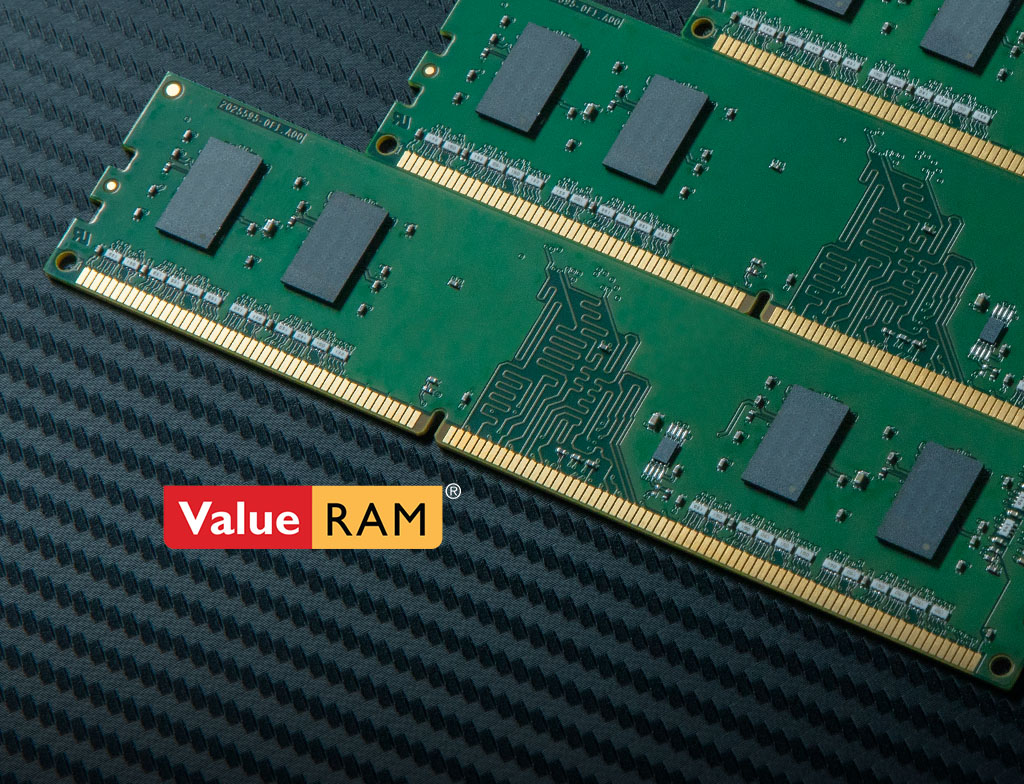DDR3 1600MT/s{{Footnote.A65242}} Non-ECC Unbuffered SODIMM

DDR3 1600MT/s{{Footnote.A65242}} Non-ECC Unbuffered SODIMM
DDR3 1600MT/s{{Footnote.A65242}} Non-ECC Unbuffered SODIMM
-
도움이 필요하십니까?
Kingston의 구성 전문가들은 고객의 메모리 업그레이드 요구사항을 파악하는데 도움이 되는 지식과 리소스를 갖추고 있습니다.
-
호환 메모리 찾기
Kingston은 빠르고 쉽게 데스크탑 PC, 노트북 또는 서버의 호환 메모리를 선택하도록 해줍니다.
-
PC 스캐너
시스템에 맞는 호환 가능한 메모리와 스토리지 업그레이드를 찾아보세요
